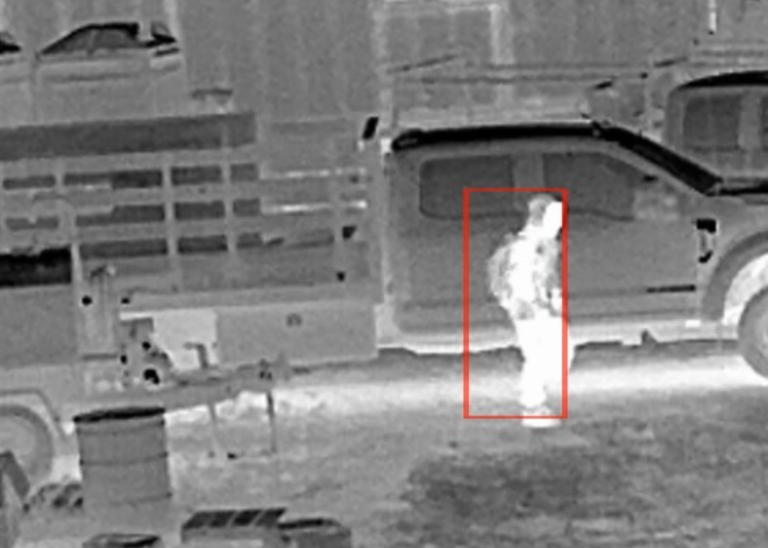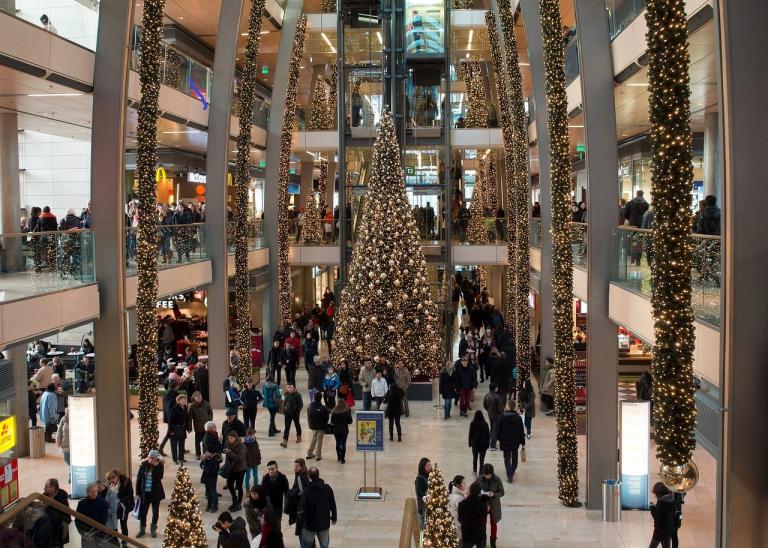The Ultimate Guide to Builder’s Risk Insurance for Construction Site Security
By ECAMSECURE 15/01/2025

Construction projects come with a unique set of risks — theft, fire, vandalism, and natural disasters can all jeopardize timelines and budgets. To mitigate these risks, construction firms often rely on Builder’s Risk Insurance, a specialized policy that provides essential coverage during the construction phase. But many construction managers, site supervisors, and project owners still have questions about what Builder’s Risk Insurance covers, how it works, and how it pairs with modern security technologies.
This guide will help demystify Builder’s Risk Insurance, explain its role in construction site security, and offer best practices for maximizing protection.
What is Builder’s Risk Insurance?
Builder’s Risk Insurance is a type of property insurance designed to protect construction projects from specific risks during the building phase. It typically covers damage or loss to materials, equipment, and structures under construction. This policy is essential for safeguarding against financial loss due to unexpected incidents.
Key Features of Builder’s Risk Insurance
- Coverage Period: The policy is active for the duration of the project, from groundbreaking to project completion.
- Covered Property: Includes on-site materials, temporary structures, and partially completed work.
- Covered Risks: Protects against theft, vandalism, fire, weather events, and some acts of nature, depending on the policy.
- Who is Covered?: Typically, the property owner, general contractor, subcontractors, and sometimes lenders are listed as insured parties.
Why Builder’s Risk Insurance Matters for Construction Site Security
Construction sites are inherently vulnerable to theft, weather, and vandalism. Builder’s Risk Insurance serves as a financial safety net, but it’s only one part of a comprehensive security strategy. Here’s why it’s essential for site security:
Theft Protection
Thieves often target construction sites for materials like copper, lumber, and expensive equipment. Builder’s Risk Insurance can cover the cost of stolen items.
Damage Control
From weather-related damage to accidents caused by trespassers, construction sites are exposed to numerous hazards. Builder’s Risk Insurance provides reimbursement for repairs.
Financial Risk Mitigation
When incidents occur, the financial consequences can be devastating. Without Builder’s Risk Insurance, site owners or general contractors may be liable for the entire cost of replacing materials and equipment.
What’s Covered Under Builder’s Risk Insurance?
While coverage varies depending on the policy, here’s a general list of what Builder’s Risk Insurance typically covers:
Physical Property
- Building materials, whether stored on-site, off-site, or in transit to the site.
- Temporary structures like scaffolding, fencing, and signage.
- Partially completed work and permanent fixtures.
Equipment and Tools
- Contractor’s tools and equipment used during construction.
Unexpected Incidents
- Fire, lightning, and explosions.
- Wind, hail, and other weather-related damage (depending on the policy).
- Theft, vandalism, and malicious mischief.
Exclusions to Be Aware Of
- Normal wear and tear.
- Employee theft or intentional damage.
- Earthquakes and floods (unless specifically added as endorsements).
- Faulty design or construction defects.
How to Maximize Your Site’s Security with Builder’s Risk Insurance
To get the most out of Builder’s Risk Insurance, construction firms should pair it with proactive security measures. Here’s how:
Invest in Mobile Surveillance Units (MSUs)
MSUs provide 24/7 perimeter security, helping prevent theft, vandalism, and unauthorized access. Modern MSUs come equipped with AI-driven threat detection, real-time alerts, and on-site deterrence measures like flashing lights and live voice-down capabilities.
Use Access Control and Geofencing
Limit site access to authorized personnel only. Geofencing technology can create "virtual perimeters" that trigger alerts if someone enters without permission. Access control systems with biometric verification provide an additional layer of security.
Conduct Regular Risk Assessments
Identify potential site vulnerabilities and ensure your insurance policy reflects those risks. Update your Builder’s Risk Insurance coverage as project needs evolve.
Embrace Remote Monitoring
Utilize event base monitoring using video analytics to provide 24/7 surveillance of your site. This allows for rapid response to incidents and faster reporting for insurance claims.
Ensure Proper Documentation
Keep an updated inventory of equipment, tools, and materials. This will streamline the claims process if an incident occurs and help determine proper coverage levels.
Common Myths About Builder’s Risk Insurance
There are several misconceptions about Builder’s Risk Insurance that could leave construction firms exposed. Here’s the truth behind the myths:
Myth 1: "General Liability Insurance is Enough"
Reality: General liability covers third-party injury and property damage, but it does not cover damage to the work under construction or theft of materials. Builder’s Risk Insurance fills this gap.
Myth 2: "It Covers Everything"
Reality: Builder’s Risk Insurance has exclusions, such as employee theft or damage from natural disasters like floods and earthquakes. These risks may require policy add-ons or endorsements.
Myth 3: "Only Owners Need It"
Reality: General contractors, subcontractors, and even lenders can be listed as insureds. Anyone with a financial stake in the project should be protected.
Key Takeaways
Builder’s Risk Insurance is an essential part of any construction site’s risk management strategy. But it works best when combined with proactive security measures like AI-driven threat detection, mobile security cameras, and access control systems. By addressing threats before they become costly incidents, construction firms can avoid delays, reduce claims, and protect their bottom line.
From theft prevention to natural disaster coverage, Builder’s Risk Insurance gives site managers peace of mind and helps ensure construction projects stay on track. But don't wait for an incident to happen — take action today to ensure your project is fully protected.


